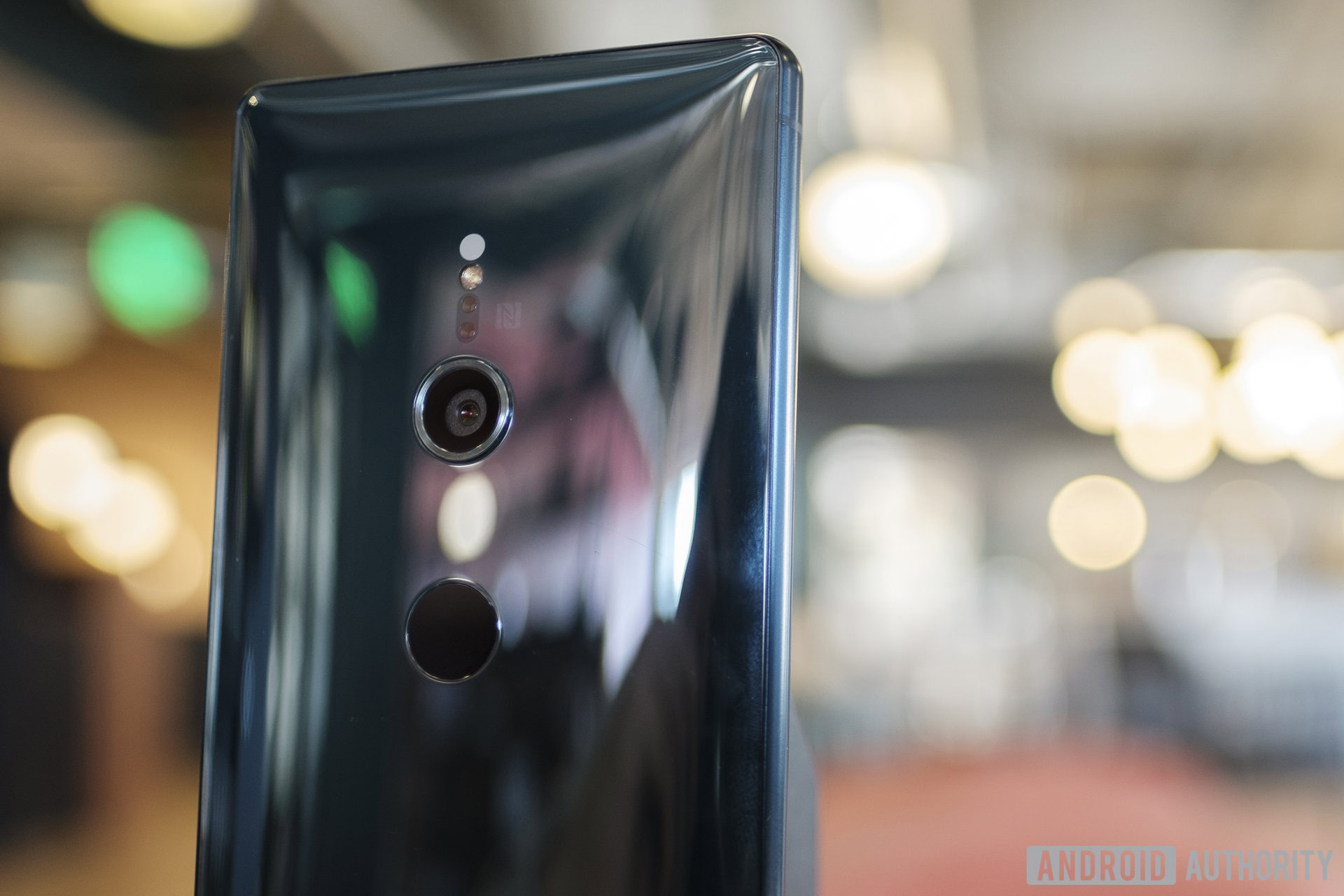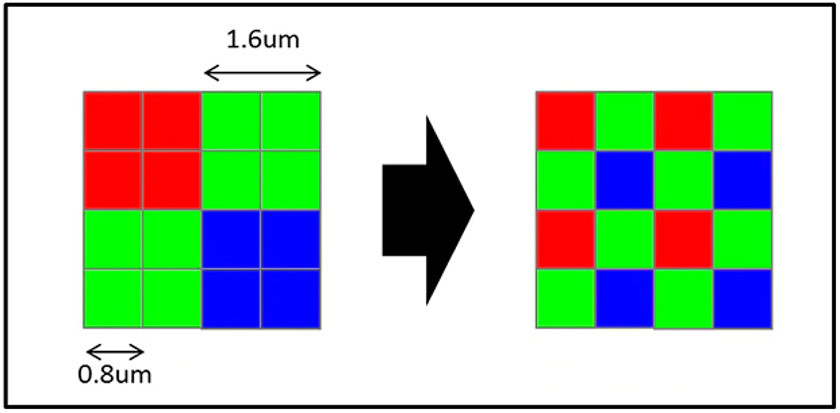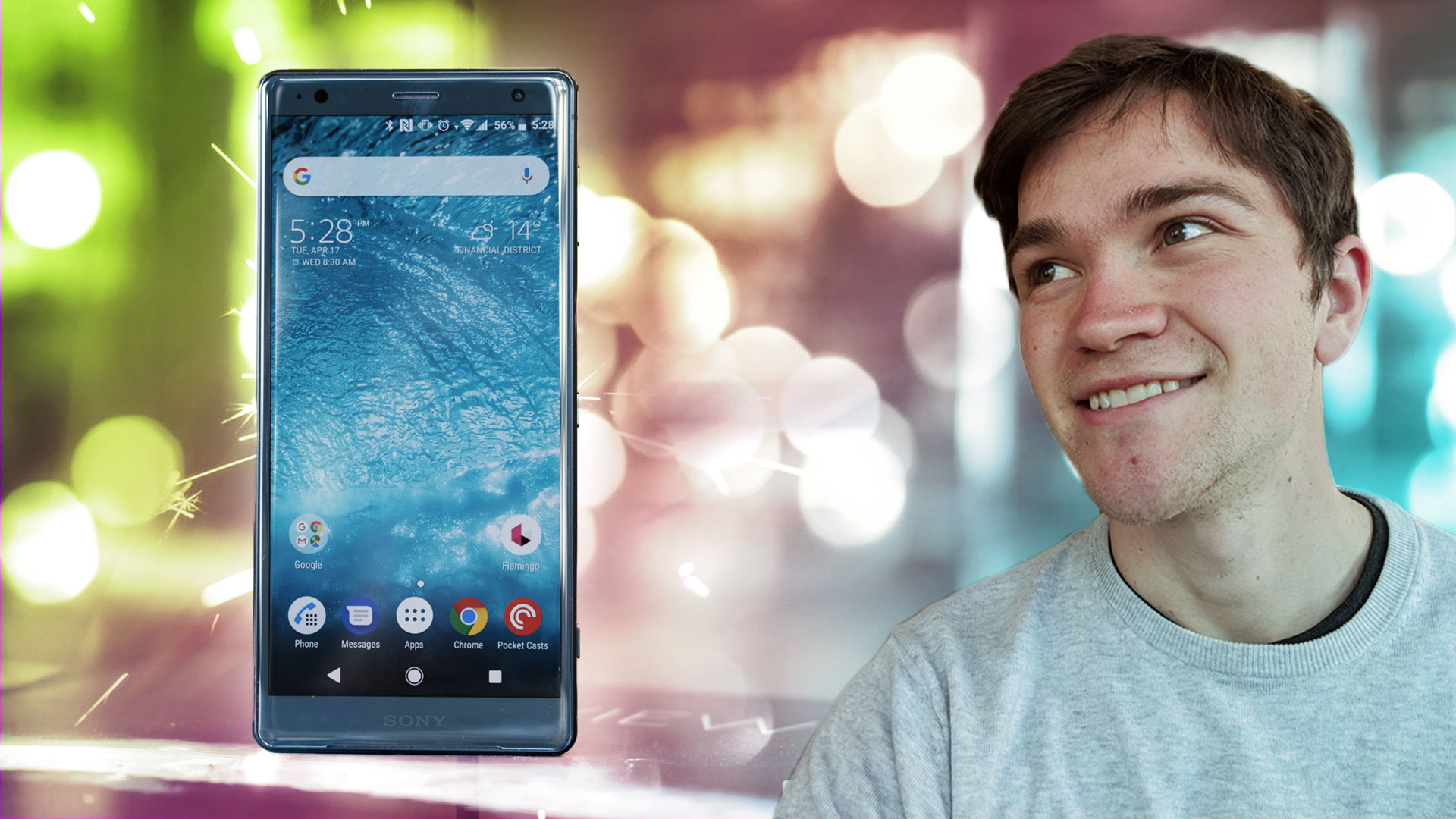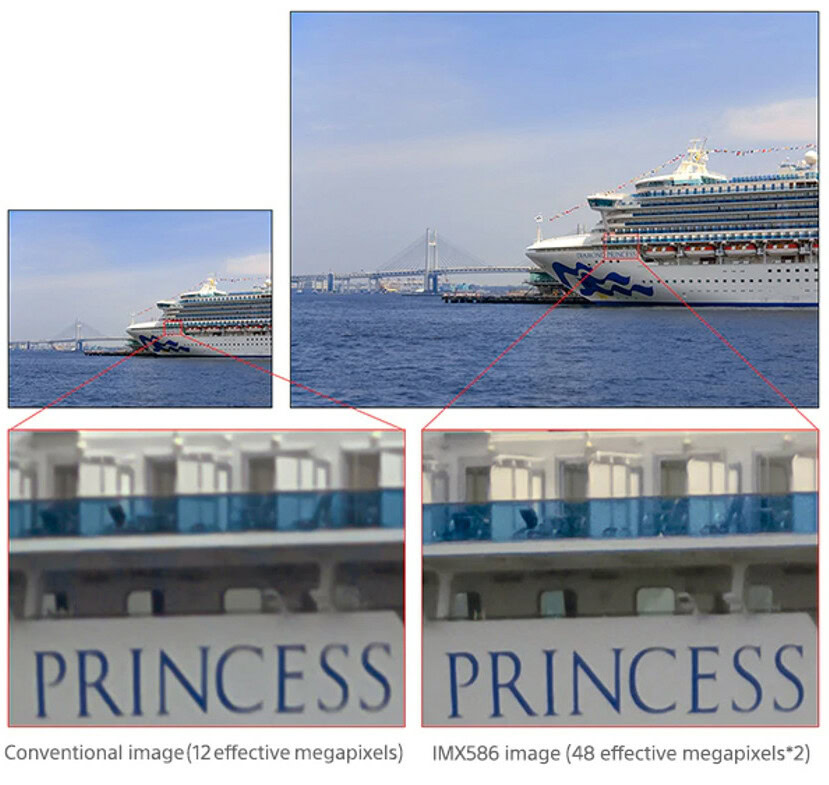Affiliate links on Android Authority may earn us a commission. Learn more.
Your next flagship might have a 48MP Sony camera sensor (Update: No super slow mo)

Update, July 24, 2018 (08:06AM EST): Sony’s latest 48MP camera sensor certainly packs the megapixels, but what about the company’s trailblazing 960fps super slow-motion functionality?
“No, this image sensor does not support [super slow-motion],” a Sony representative told Android Authority in an email. It’s somewhat disappointing because the super slow-motion feature is one of the best Sony features right now, even though similar modes have now landed on HUAWEI and Samsung phones too.
Nevertheless, it doesn’t necessarily mean we won’t see the feature on phones with this sensor. The Japanese firm may have discovered a way to enable super slow-mo without adding fast DRAM to the sensor. Alternatively, the company may choose to use entirely different sensors for its own flagships. Then there’s the possibility of a dual-camera setup, consisting of this sensor and a sensor capable of spitting out super slow-mo clips.
Sony’s representative also wouldn’t confirm whether the new sensor’s low-light shots are indeed 12MP in size. Instead, we were told that the sensitivity level is raised to “12 effective megapixels.” We can infer from their pixel-binning approach — combining four pixels into one for better quality — that we’re most likely looking at 12MP shots. After all, a practically identical approach by HUAWEI yields 10MP snaps from a 40MP sensor, while LG’s V30s ThinQ churns out 4MP Bright Mode snaps from its 16MP camera.
Original article, July 23, 2018 (05:26AM EST): Sony is arguably the most important player in the smartphone camera field, as it produces camera sensors used in scores of devices around the world. Now, the company has revealed the IMX586 sensor, which aims to deliver super-high-resolution shots while dramatically boosting low-light performance.
For starters, the IMX586 has an effective 48MP resolution, beating the HUAWEI P20 Pro and Lumia 1020‘s 40MP and 41MP sensors respectively. The increased resolution should make for better daytime snaps, delivering more resolvable detail.
Much like HUAWEI and Nokia’s high-resolution cameras though, Sony’s new sensor isn’t just upping the megapixel ante for daytime shots. Instead, the IMX586 combines the signals from four adjacent 0.8 micron pixels into one pixel, delivering an ostensibly lower resolution yet higher quality low-light image. The Japanese firm says you’re essentially getting an image equivalent to a 12MP 1.6 micron pixel camera at night.

This echoes the HUAWEI P20 Pro’s approach, which saw four pixels being combined on the 40MP main camera, spitting out a cleaner 10MP image. The overarching logic is that small pixels can’t capture enough light for low-light snaps. But combining these pixels essentially creates a larger pixel which can absorb more light, at the expense of resolution.

It’s an approach similar to the one we’ve seen from several other brands this year too, such as Xiaomi’s 16MP and 20MP selfie snappers. The Chinese brand’s approach sees the full resolution used in bright conditions, but combines four pixels into one at night, resulting in a lower resolution yet brighter image. LG’s V30s ThinQ uses a similar pixel-binning technique for its Bright Mode, spitting out a bright 4MP image from its 16MP main camera.

In any case, Sony says the IMX586 sensor also has dynamic range that’s four times better than conventional image sensors. So you should expect more detail in highlights and shadowy areas alike.
The Japanese firm says the first sensor samples are due to be shipped in September 2018, which means we’ll probably see these sensors in 2019 flagships.
We’ve contacted Sony to confirm the 12MP low-light resolution and compatibility with super slow-mo functionality. We’ll update the article when we receive answers from the company.